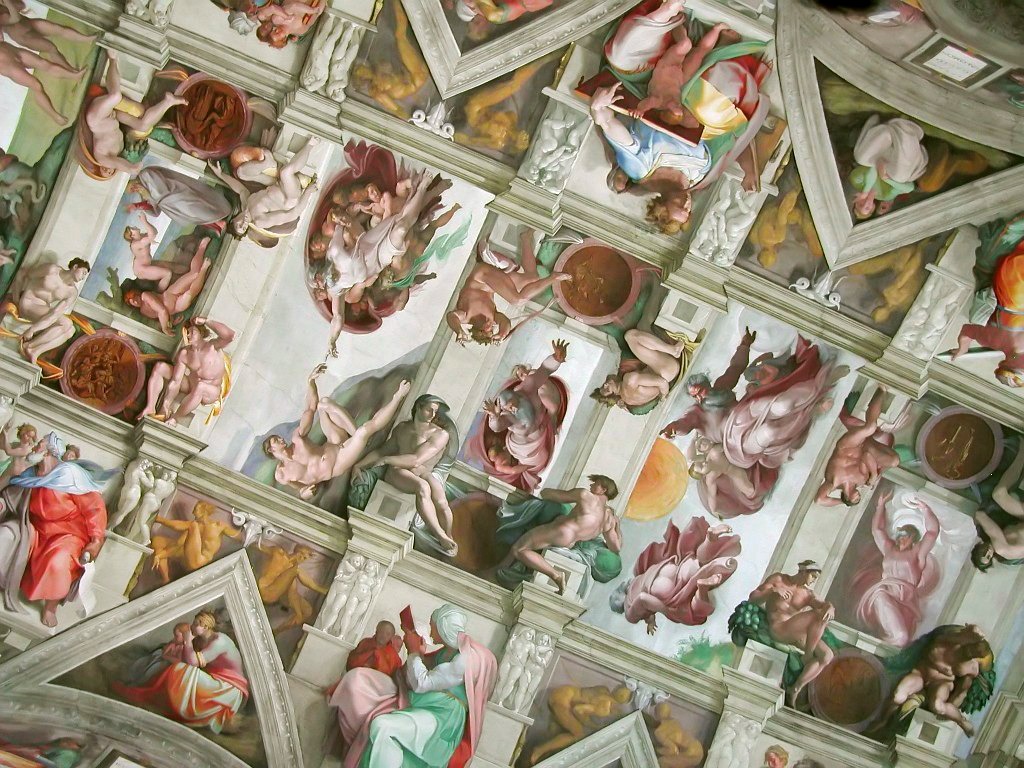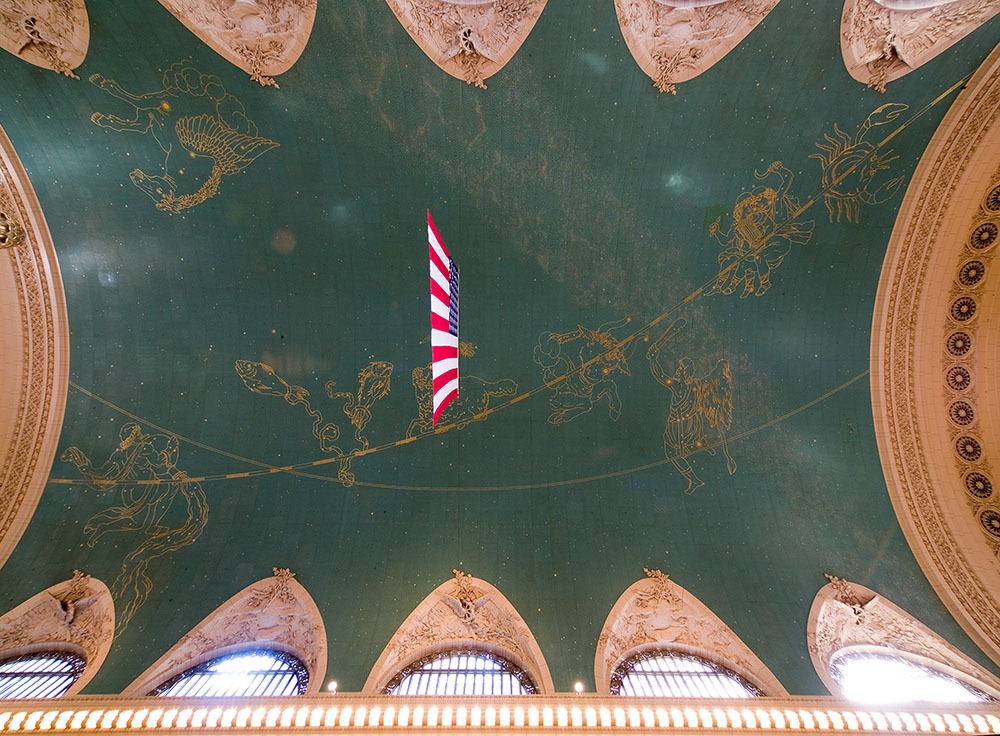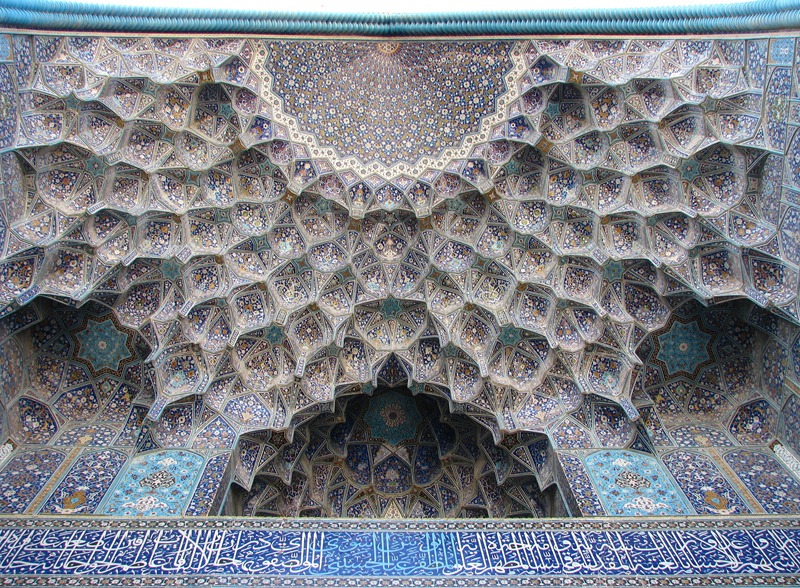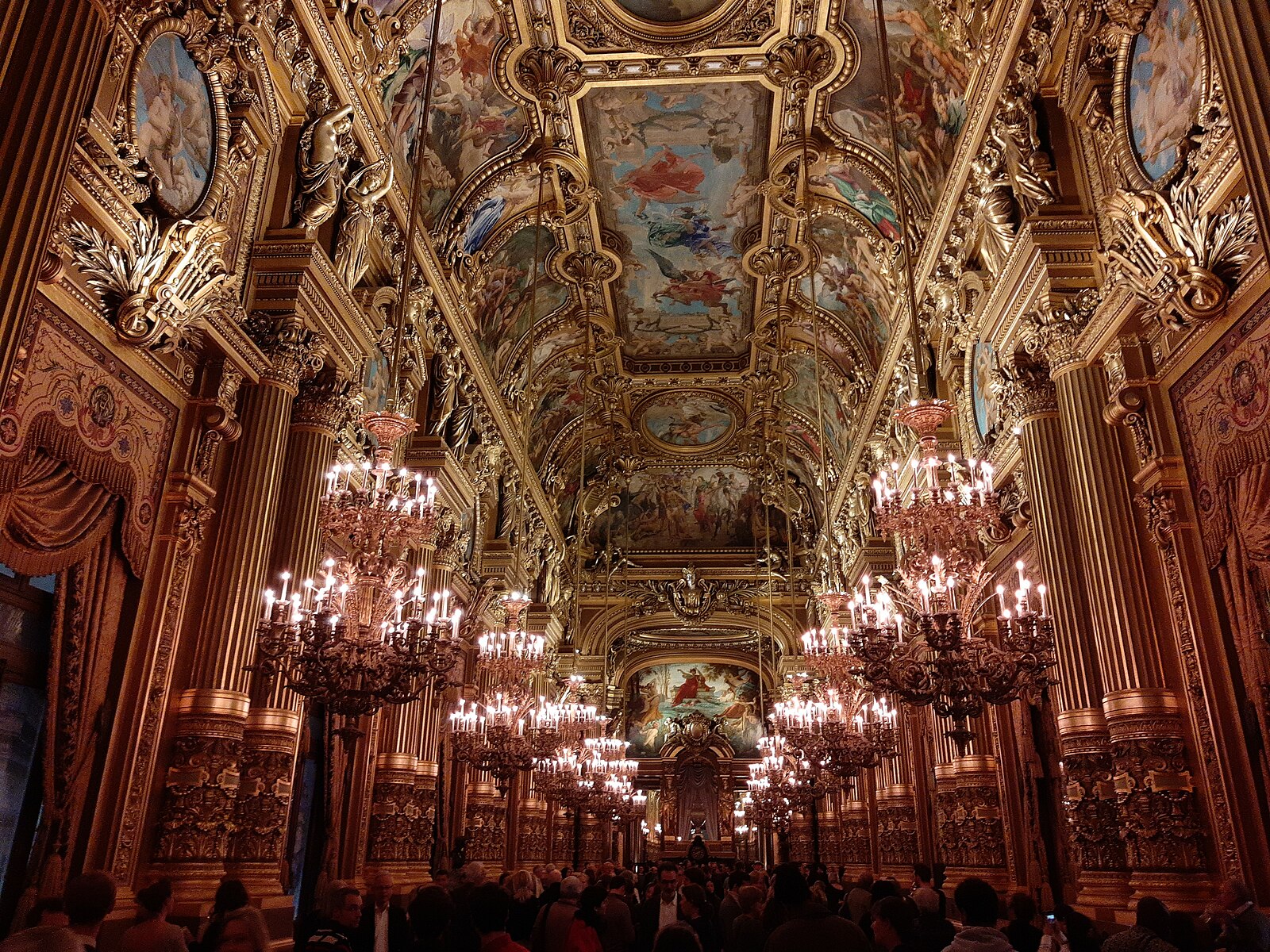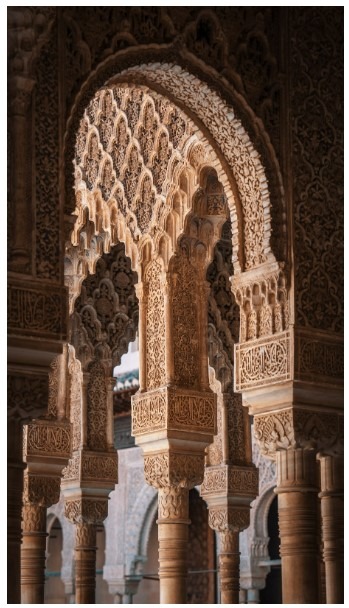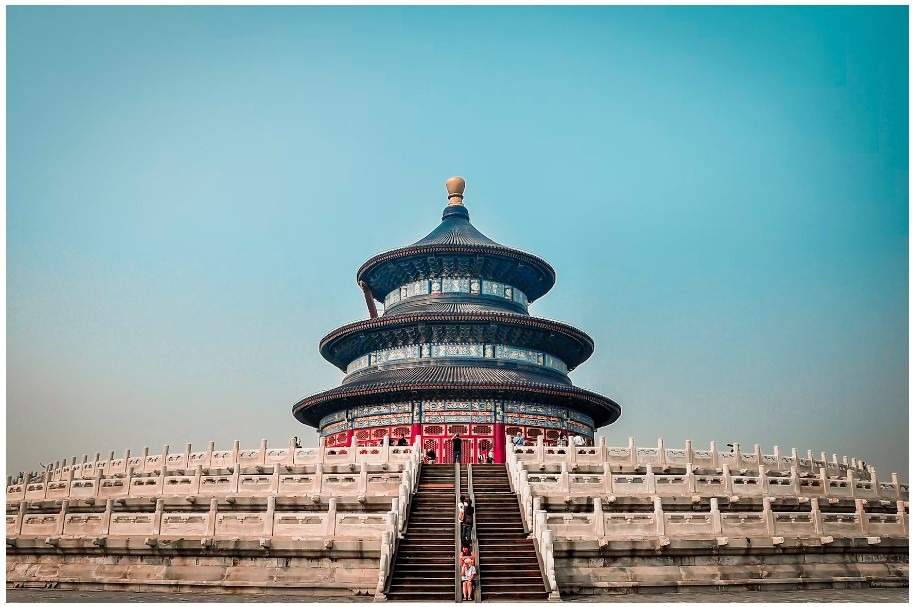As mankind advanced through the ages, so did the extravagancy of their architecture. Over time, the residences of the people and whole civilizations slowly rose higher into the sky while their walls, pillars, and ceilings became more detailed than ever before. As the race for survival died down and humanity was able to focus more on luxurious eye candy, gorgeous and marvelously carved buildings took place. An important part of a building is its ceiling, and when done right, it can give a building an air of magnificent grandeur. A well-made ceiling can be the first thing a person’s eyes jump to when they enter a room. In this list we will go over some of the most amazing and historically significant ceilings various nations of the past have produced and signify the importance of looking up once in a while.
Grand Central Station, New York
This busy station in New York has more history behind it than meets the eye. The famous zodiac-based mural painted on the station’s ceiling was conceived by a French artist Paul César Helleu and put into form by James Monroe Hewlett and Charles Basing. The mural was painted by over fifty people, and has two gold bands spanning its length representing the ecliptic and the equator alongside the zodiac constellations. By the year 1940 however, the ceiling had begun to leak and had started growing mold. After irreversible damage, the original ceiling was covered with boards and the mural was painted once more on the boards. Over time, the ceiling became almost invisible due to the tar and nicotine residue sticking to it from the countless smokers in the station, and it wasn’t until 1998 that the ceiling was cleaned and renovated.
San Pantalon, Dorsoduro, Venice

San Pantalon is a church in Dorsoduro, Venice, and is known for the immense ceiling painting inside it. The famous painting was made by an Italian painter by the name of Gian Antonio Fumiani and depicts the martyrdom and apotheosis of Saint Pantalon. The painting took 24 years to make between the years 1680 and 1704, before Gian fell from the scaffoldings and died. This ceiling is a richly detailed work of art that you can spend hours staring at before you’ve been able to take in all the details.
Sistine Chapel, Vatican City
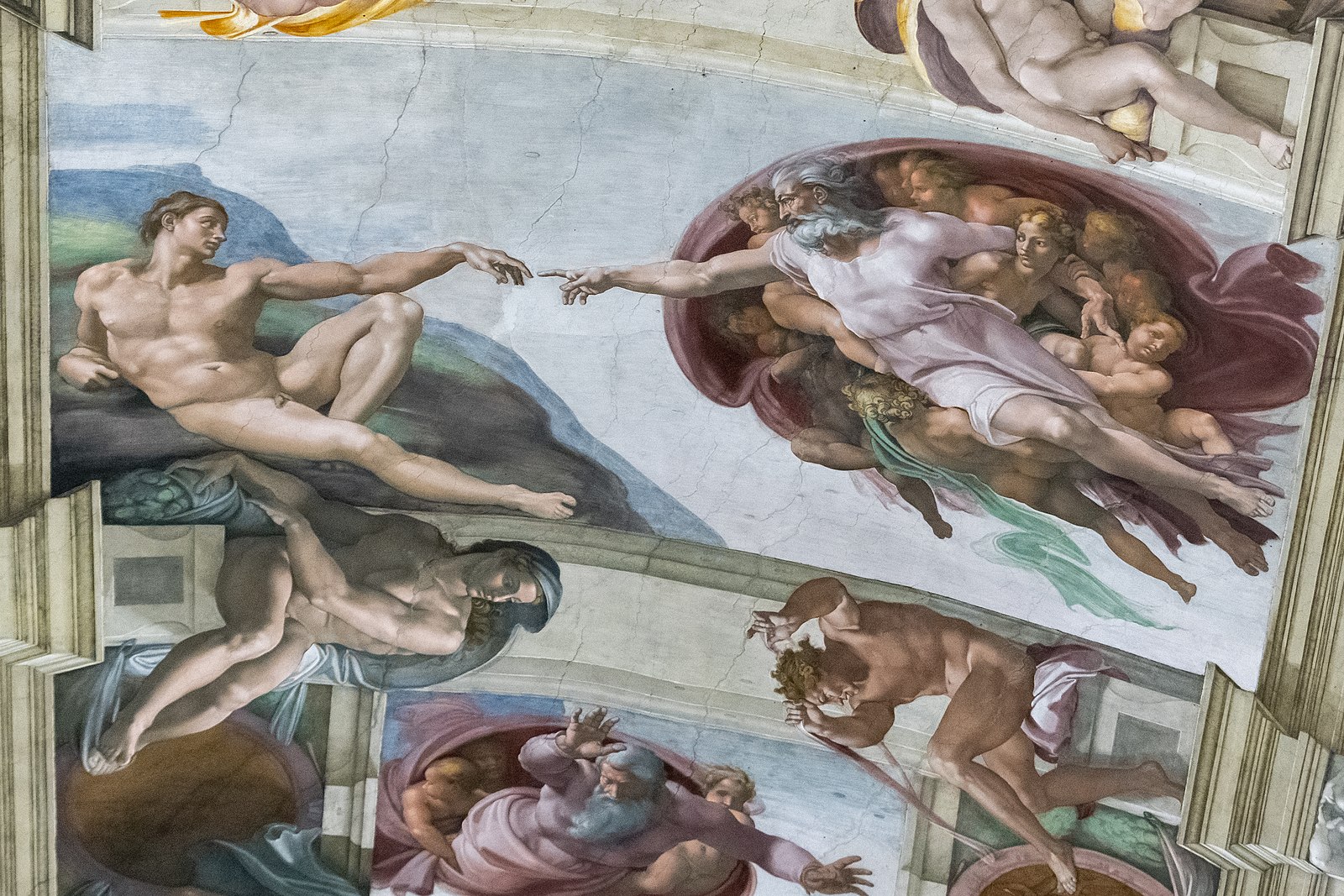
The Sistine Chapel is a chapel in the Apostolic Palace, which is the official residence of the Pope in Vatican City, Rome. The chapel’s famous ceiling’s first painting was a simple work of blue color and gilt stars and some decorative borders. It didn’t achieve its modern renowned look until Michelangelo started work on it in the year 1508. Currently, the chapel’s ceiling features multiple works on the topics of ‘God’s Creation of the World’, ‘God’s Relationship with Mankind’, and ‘Mankind’s Fall from the Grace of God’.
Sultan Ahmed Mosque, Istanbul, Turkey
Constructed during the years 1609 to 1616, the Sultan Ahmed Mosque is a historically significant architectural masterpiece that attracts millions of tourists a year. This is thanks in part to its large and intricate ceiling. The mosque’s ceiling is a carefully woven engineering feat that is assembled out of eye-catching handmade tiles and circular stained windows. The ceiling is overwhelmingly large and quells visitors under its intimidating yet attractive look and splendor.
Church Of The Savior On Blood, St. Petersburg, Russia
A prominent feature on Moscow’s skyline and an extremely famous tourist spot, this church boasts a beautiful ceiling that matches its exterior in uniqueness and beauty. The church contains over 7,500 square meters of mosaics and was designed by some of the best Russian artists of that time. Most of the pictures depict scenes from the Bible and each picture has its own borders to distinguish it among the thousands of others. The whole interior is a blast of color and sends the eyes into a frenzy.
Castello Di Sammezzano, Florence, Italy
A sprawling and aesthetically pleasing castle in Reggello, Florence, Italy, this castle was constructed in 1605 by a Spanish nobleman. Inside this castle, inspired by the beautiful colors of a peacock’s tail, a room was designed, aptly named the Peacock Room. This room blends together a mesmerizing concoction of rainbow-like colors that enthrall visitors and give off a surreal vibe. The ceiling of this room, a colorful collection of circular waves, is a beautiful sight to behold. The castle has 365 rooms and each is adorned with these intricate designs.
Shah Mosque, Isfahan, Iran
Built during the Safavid Dynasty, the Shah Mosque – also known as the New Abbasi Mosque – is an architectural wonder in the Islamic era and a testament to the craftmanship of Persian architects. Constructed during 1661 to 1666, the mosque left no stone, or in this case tile, unturned in its pursuit of awe-inspiring rhythmic design. The patterned tiles repeat pattern after pattern to achieve a most captivating look of similarity. This similarity, according to a certain Catherine McCormack, author of “The Art of Looking Up”, helps lift the user into a state of oneness with God.
PalaisGarnier, Paris, France
An opera house built at the request of Emperor Napoleon III, the PalaisGarnier’s ceiling got a makeover in the 1960s by a Russian painter named Marc Chagall. Chagall’s masterpiece, fueled by his fiercely burning passion, was painted on a removeable frame that was installed over the original ceiling. The painted ceiling, looking down on the other beautiful works of art in the PalaisGarnier, depicts scenes for operas from 14 different composers.
Round Temple Church, London
A very old building in London, the Round Temple Church was originally constructed by the Knights Templar in the 12th Century as their headquarters. The church’s ceiling is relatively simple looking compared to the ceilings we have covered so far, but its simplicity has its own elegance and grace, just like the beliefs the Knights Templar held. The plain white round ceiling with the stained glass windows gives it an air of calmness, especially if it is allowed to bathed in natural light through the windows.
Alhambra, Granada, Andalusia, Spain
Originally constructed as a fortress on top of Roman ruins, and then being rebuilt after being rediscovered in the 13th Century, Alhambra was converted into a royal palace in 1333. The Alhambra has touches of both Islamic and European architecture, and its Hall of the Two Sisters’ domed ceiling is covered in tiny cells in a style called ‘stalactite vaulting’. The ceiling of this hall gives off an imposing and rather forbidding air, and may even make some people queasy as it resembles a large beehive.
Temple Of Heaven, Beijing
Constructed during the Ming Dynasty, the ceiling of this place of prayer did not use a single nail in its construction. Instead, it is made entirely on interlocking pieces of wood, and its multiple pillars represent different things like days, months, and seasons. This ceiling too is a blend of various colors and really captures the spirit of a place where people used to pray for the joy of a bountiful harvest.
Ely Cathedral, Cambridgeshire, England
An Anglican cathedral in the city of Ely, Ely Cathedral dates back to 1083, though it has its origins in 672AD. The real beauty of the ceiling in this cathedral lies in the lantern hanging in between. Made by William Hurley in the year 1334, the lantern is designed so that using various shutters light can be projected on the lantern in a way that makes it seem like Jesus Christ himself is standing inside it. It is a marvelous bit of engineering from so many centuries ago and definitely deserves to be viewed in person.
Conclusion
And those were some of the most beautiful and historically significant ceilings you can find today. All of these have rich historical backgrounds, mesmerize tourists every year, and are well worth the visit. It’s only after you’ve seen these beauties suspended over your head that you realize just how important a part ceilings play in a room’s looks. Want to read something else related to rooms and historical in nature? We have a fun read on the history of the bedroom. Not to your taste? How about reading some more about the types of ceilings available today.

